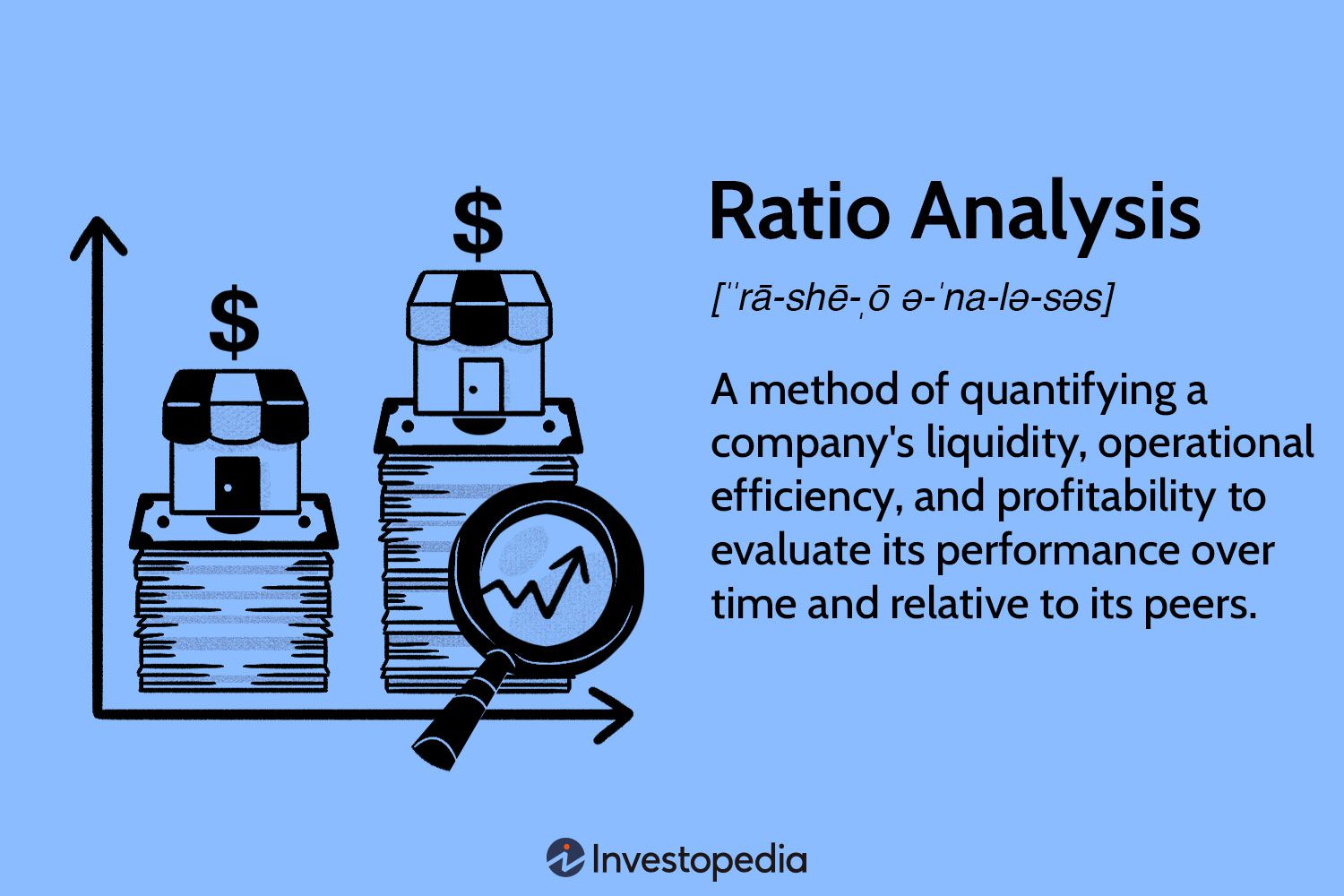Introduction
In the complex world of economic indicators, the Business Inventories to Sales Ratio (ISR) stands out as a critical metric for evaluating the health of both businesses and the broader economy. This ratio provides insights into how efficiently companies are managing their inventory relative to their sales. In this comprehensive article, we will explore what the business inventories sales ratio is, why it matters, how it is calculated, its implications for businesses and investors, and how it has historically impacted economic cycles. With a word count of approximately 3,000, this deep dive will equip you with a nuanced understanding of one of the most underrated yet powerful tools in financial analysis.
Chapter 1: What is the Business Inventories Sales Ratio?
- Definition The Business Inventories Sales Ratio (ISR), also referred to as the inventory-to-sales ratio, measures the amount of inventory a business holds in relation to its net sales over a given period. It provides a snapshot of how many months it would take to sell current inventories at the prevailing sales rate.
- Formula The ISR is calculated as:
- Data Sources The U.S. Census Bureau publishes monthly data on business inventories and sales, segmented by manufacturing, wholesale, and retail sectors. These statistics are closely watched by policymakers, economists, and investors.
Importance of the Inventory to Sales Ratio
- Indicator of Economic Health A rising ISR can indicate that businesses are overstocked due to slowing demand, while a declining ratio may suggest strong sales activity or understocking.
- Business Efficiency An optimal ISR reflects efficient inventory management, which can lead to lower storage costs and improved cash flow.
- Market Reactions Sudden changes in the ISR often precede adjustments in production, hiring, and capital investment. Investors may use it to anticipate market trends.
Interpreting the ISR
- High ISR A high ISR suggests that inventories are growing faster than sales. This could be due to declining consumer demand, overproduction, or economic slowdown.
- Low ISR A low ISR implies that sales are strong relative to inventory, which could mean a business is not keeping enough stock on hand or is experiencing high demand.
- Sectoral Differences Different industries have varying optimal ISR levels. For example, a grocery retailer may need a lower ISR than a car manufacturer due to product shelf life.
The ISR and Economic Cycles
- Expansion and Contraction During periods of economic expansion, the ISR tends to decline as demand outpaces supply. Conversely, during recessions, the ISR often spikes as sales weaken.
- Historical Examples
- 2008 Financial Crisis: The ISR rose sharply, indicating unsold inventory buildup.
- COVID-19 Pandemic: Disruptions in supply chains caused erratic ISR trends across sectors.
- Leading Indicator Because businesses respond to ISR changes by adjusting production and labor, the ratio serves as a leading indicator of economic trends.
ISR in Strategic Business Planning
- Inventory Optimization Businesses use ISR to balance holding costs and stock availability, improving operational efficiency.
- Sales Forecasting Tracking ISR helps forecast future sales trends and consumer demand, essential for inventory planning.
- Supply Chain Management A well-managed ISR can mitigate supply chain risks by aligning procurement and production schedules with actual demand.
ISR for Investors and Analysts
- Equity Analysts Analysts use ISR to evaluate company performance and operational efficiency. A significant change in ISR can signal changes in profitability.
- Credit Rating Agencies Higher ISR levels may increase financial risk, affecting a company’s creditworthiness.
- Macroeconomic Forecasting Economists include ISR trends in models that predict GDP growth, inflation, and employment trends.
Limitations and Considerations
- Lagging Data ISR data is often published with a delay, limiting its usefulness for real-time decisions.
- Seasonal Adjustments Inventory and sales figures are influenced by seasonality (e.g., holiday shopping), which can skew the ISR.
- Non-Financial Factors Factors like consumer preferences, marketing campaigns, or natural disasters can distort ISR without reflecting underlying economic conditions.
Improving Inventory to Sales Ratio
- Lean Inventory Practices Adopting lean practices helps reduce excess inventory and improve turnover rates.
- Technology Integration ERP systems and real-time analytics enhance inventory management and sales tracking.
- Demand Forecasting Models Using AI and machine learning models can provide more accurate demand forecasts, optimizing ISR.
Global Context and ISR Trends
- International Comparisons Other countries also publish inventory-to-sales data, though methodologies may vary.
- Global Supply Chains ISR is increasingly influenced by global events—tariffs, trade agreements, and supply chain disruptions can have ripple effects.
- Emerging Markets Developing economies show different ISR behaviors due to differing retail structures and consumption patterns.
Future of ISR Analysis
- Integration with Big Data As businesses embrace big data, ISR can be analyzed alongside customer behavior, regional trends, and digital transactions.
- ESG Considerations Sustainable inventory practices, including waste reduction and ethical sourcing, are becoming factors in ISR analysis.
- Real-Time ISR Dashboards Cloud-based tools now allow for dynamic ISR tracking, giving managers real-time insights for quicker decisions.
Conclusion
The Business Inventories to Sales Ratio is more than just a number—it’s a reflection of economic momentum, consumer confidence, and business efficiency. From strategic planning and financial forecasting to policy analysis and investment decisions, ISR plays a pivotal role in shaping how we understand market dynamics. While it may not always make headlines, those who understand and leverage this ratio hold a valuable key to navigating the complexities of modern commerce. Whether you’re a business owner, an investor, or an economist, keeping an eye on the ISR can provide a critical edge in a rapidly evolving marketplace.
